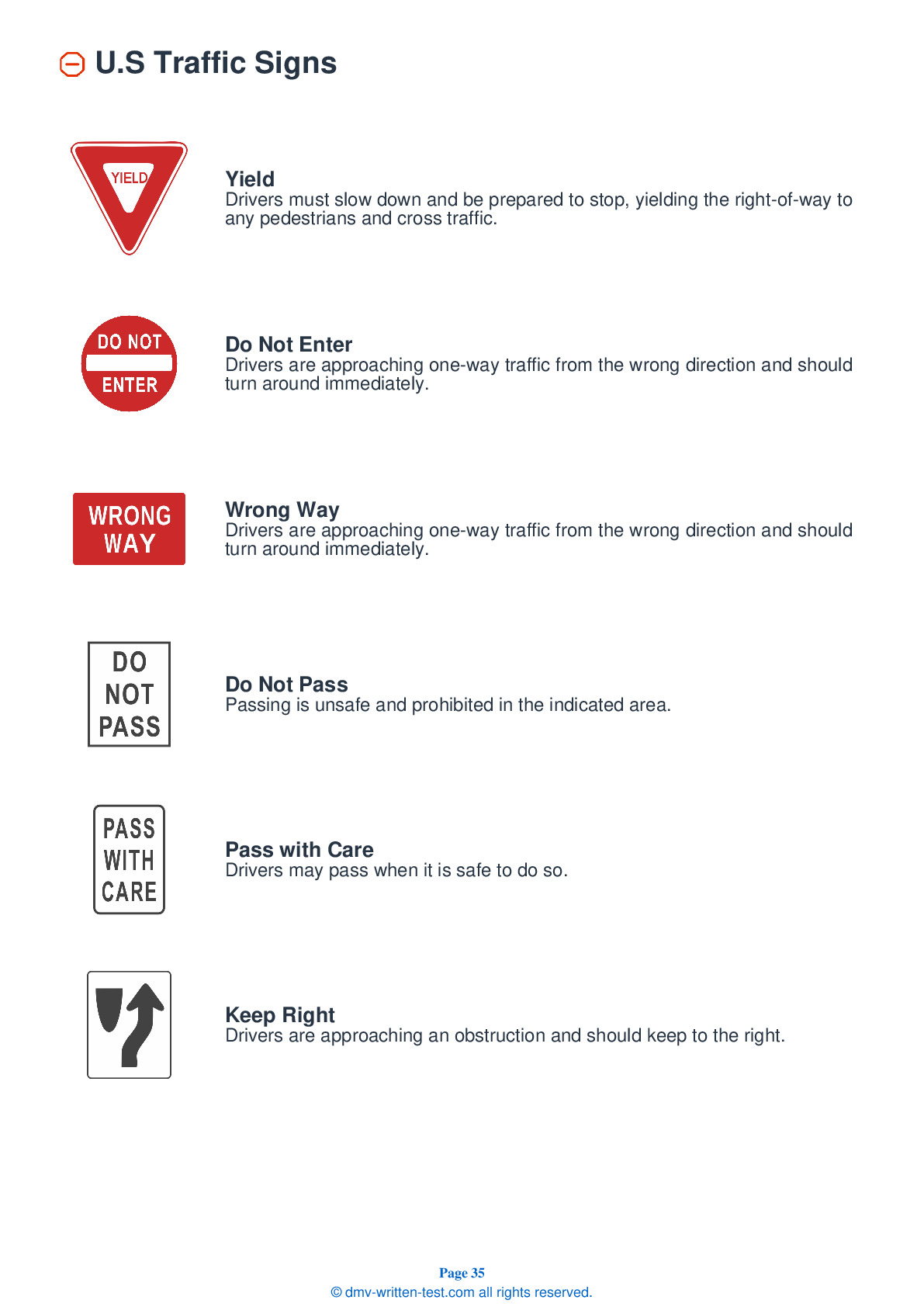2025 Alaska Motorcycle Permit Test 10
The following questions are from real DMV written motorcycle permit tests. These are some of the actual permit questions you will face in Alaska when getting your motorcycle learners permit. Each motorcycle theory practice test question has three answer choices. Select one answer for each question and select "grade this section." You can find this button at the bottom of the drivers license quiz. For a complete list of questions and answers for Alaska please visit https://cheat-sheets.dmv-written-test.com/en/alaska/motorcycle.
Number of Tests
Number of Question
Passing Score
1. You will ______ hear a tire going flat.
Explanation
Motorcyclists will seldom hear their tire go flat. Tire failure is more commonly indicated by a sudden change in handling.
2. You should use a larger cushion of space:
Explanation
A two-second following distance is generally appropriate. Allow a larger cushion of space when riding under conditions that will increase your stopping distance, such as when the road surface is icy or wet.
3. Reflective clothing should:
Explanation
Most motorcycle crashes occur in broad daylight. Increasing your visibility by wearing bright colors and reflective materials is a good idea at all times.
4. A rectangular sign may be a:
Explanation
Signs informing road users of road regulations, such as speed limits, are normally rectangular and colored white with black lettering or symbols. Riders must follow the rules posted on these regulatory signs.
5. A person with a minimum blood alcohol concentration (BAC) of ______ is considered legally intoxicated.
Explanation
A person who is age 21 or older with a blood alcohol concentration (BAC) of 0.08 percent or higher is considered legally intoxicated. It is illegal and dangerous to operate any motor vehicle while intoxicated.
6. Where is the gearshift lever located?
Explanation




